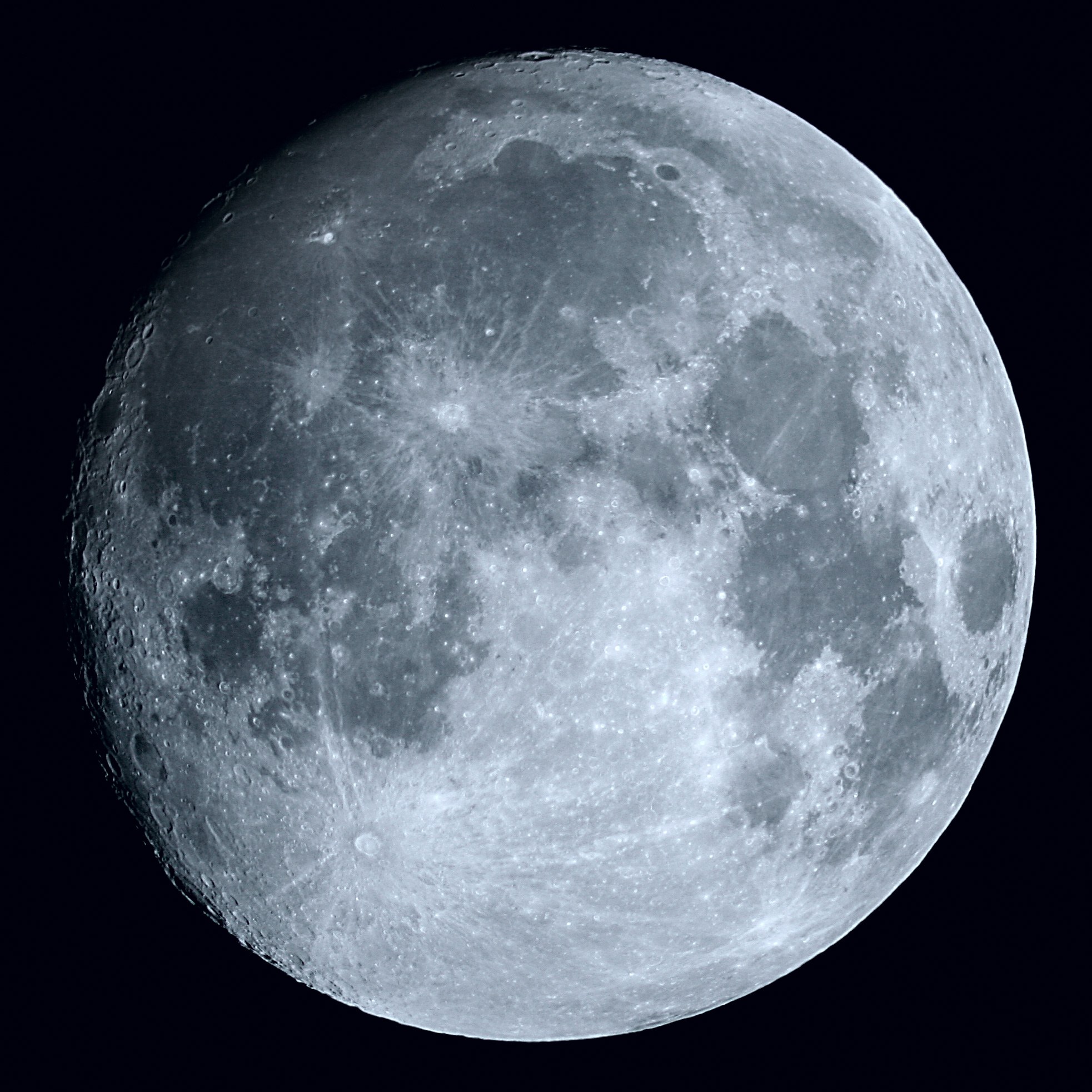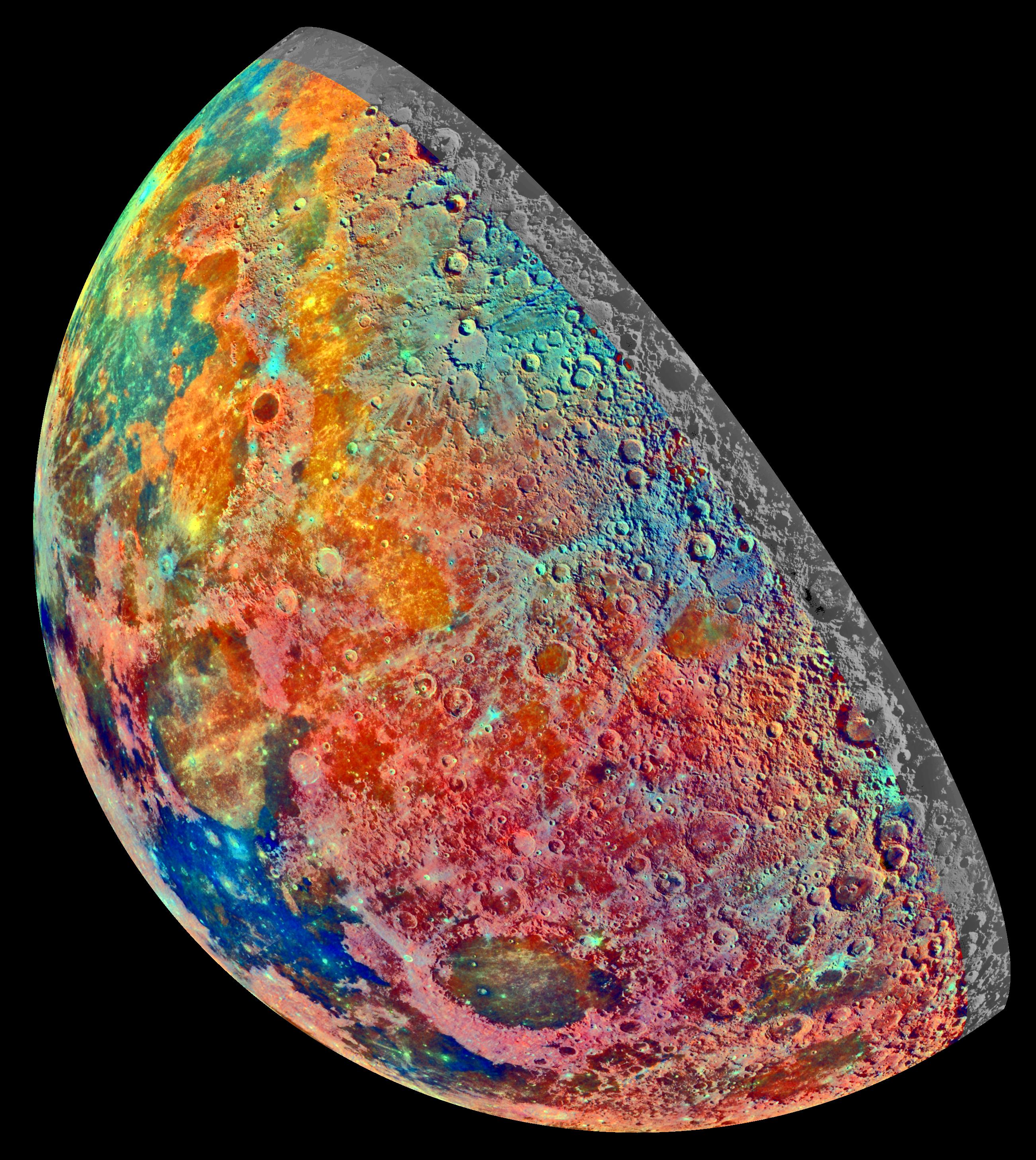The moon has captivated humanity for centuries, influencing cultures, beliefs, and literature. In the realm of fantasy literature, Patricia Briggs has woven intricate tales that often reflect the lunar phases, using them as a backdrop for the development of her characters. This article explores the symbolism of the moon, the phases it undergoes, and how these elements manifest in the characters created by Briggs, particularly in her popular series “Mercy Thompson” and “Alpha & Omega.” Through examining various characters and their relationships with the moon’s phases, we gain deeper insights into their psychological complexities and the themes of identity, transformation, and power.
The Phases of the Moon: An Overview
_(cropped).jpg/157px-Full_Eclipse_of_the_Moon_as_seen_in_from_Irvine%2C_CA%2C_USA_(52075715442)_(cropped).jpg)
The moon goes through several distinct phases, each symbolizing different aspects of life, emotion, and spirituality. The primary phases include:
- New Moon: Symbolizing new beginnings, potential, and introspection.
- Waxing Crescent: Representing growth, hope, and intention-setting.
- First Quarter: A time of challenges, decisions, and action.
- Waxing Gibbous: Signifying refinement and preparation for culmination.
- Full Moon: The peak of energy, fulfillment, and emotional clarity.
- Waning Gibbous: A phase of gratitude and reflection on what has been achieved.
- Last Quarter: Representing release, closure, and letting go.
- Waning Crescent: Symbolizing rest, contemplation, and preparation for new beginnings.
Each of these phases can be seen as a metaphor for the characters’ journeys, illustrating their growth, struggles, and transformations throughout the narratives.
Patricia Briggs: An Overview of Her Works
Patricia Briggs is a renowned author, best known for her urban fantasy novels. Her works often feature strong female protagonists, intricate world-building, and complex interpersonal relationships. The “Mercy Thompson” series, which centers around a mechanic who can transform into a coyote, and the “Alpha & Omega” series, focusing on an alpha werewolf and his mate, are particularly notable for their rich character development and thematic depth.
Character Symbolism in Relation to the Moon’s Phases

Briggs’ characters often embody the qualities associated with specific lunar phases, reflecting their personal journeys and the overarching themes of transformation and identity. Below, we explore some key characters and their symbolic connections to the moon.
Mercy Thompson: New Beginnings and Transformation

As the protagonist of her own series, Mercy Thompson embodies the essence of the New Moon phase. Her journey begins with a strong sense of independence and a desire to forge her own path in a world dominated by powerful supernatural beings. Key aspects of her character include:
- Independence: Mercy’s ability to navigate her life on her own terms reflects the New Moon’s symbolism of potential and new beginnings.
- Adaptability: As a shapeshifter, she constantly transforms, much like the moon itself, showcasing growth and resilience.
- Introspection: Mercy often reflects on her choices, symbolizing the New Moon’s call for contemplation and setting intentions for the future.
Through her experiences, Mercy evolves from a solitary figure to a central part of a complex community, mirroring the natural progression of the lunar cycle.
Adam Hauptman: The Full Moon and Emotional Clarity

Adam Hauptman, the alpha werewolf in the “Mercy Thompson” series, represents the Full Moon phase. He is characterized by his leadership qualities, emotional depth, and protective instincts. The Full Moon symbolizes:
- Power: Adam’s status as an alpha showcases the commanding presence often associated with the Full Moon.
- Clarity: He often serves as a stabilizing force for Mercy, helping her navigate the complexities of their world, embodying the Full Moon’s clarity and fulfillment.
- Emotional Depth: Adam’s relationships reveal profound emotional connections, representing the Full Moon’s illumination of feelings and desires.
His dynamic with Mercy also illustrates how partnerships can evolve through understanding and mutual respect, mirroring the collaborative energies of the lunar phases.
Charles Cornick: The Waning Crescent and Reflection

In the “Alpha & Omega” series, Charles Cornick symbolizes the Waning Crescent phase. As a character burdened by his past and the expectations placed upon him, Charles embodies themes of reflection and the need for closure. Consider the following traits:
- Contemplation: Charles often grapples with the weight of his family’s legacy and his role within the werewolf community, reflecting the introspective nature of the Waning Crescent.
- Transformation: His character arc showcases a journey towards healing and letting go, emphasizing the importance of closure and preparation for new beginnings.
- Emotional Resilience: Charles learns to reconcile his past and present, illustrating the growth that can arise from introspection.
Through his relationship with Anna Latham, we see how he begins to embrace change and open himself to new possibilities, further reflecting the cyclical nature of the moon.
Thematic Elements and Symbolism

The symbolism of the moon in Briggs’ works goes beyond individual characters; it also informs the larger themes present in her narratives. Key themes include:
- Identity: Characters often grapple with their identities, much like the moon’s shifting phases, exploring what it means to belong and to be true to oneself.
- Transformation: The transformative nature of the moon serves as a metaphor for personal growth, change, and the acceptance of one’s true nature.
- Community and Relationships: The interplay between characters reflects the interconnectedness of the lunar phases, emphasizing the importance of support and collaboration.
Patricia Briggs’ characters are richly layered and intricately connected to the symbolism of the moon’s phases. By examining characters like Mercy Thompson, Adam Hauptman, and Charles Cornick, we uncover deeper meanings behind their journeys and the thematic elements that shape their stories. The moon serves not only as a celestial body but also as a powerful metaphor for identity, transformation, and the cyclical nature of life.
As readers engage with Briggs’ narratives, they are invited to reflect on their own paths and the phases of change they experience. The moon’s influence resonates throughout her works, providing a timeless framework for understanding the complexities of human and supernatural relationships alike. In embracing the moon’s symbolism, we can gain valuable insights into our journeys and the connections we forge along the way.